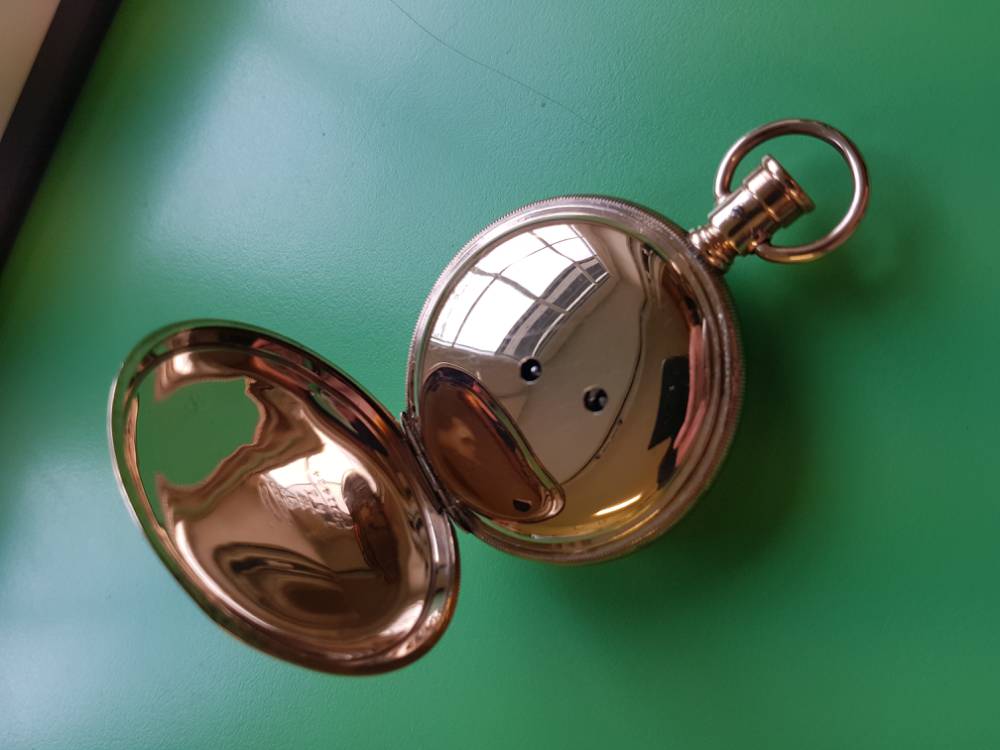As some of you know, I am collecting pocketwatches, IWC only.
Far from saying that my collection is a museum collection but I am proud to
have found some nice and rare pieces over time.
Some of the pocketwatches are common, easy to find on the market, sometimes in
better condition than mine, but some I have are gems.
So in these crazy times, as the museum in Schaffhausen is closed, why not open
one here on the forum.
As long as the museum is closed, I will post here daily a pocketwatch from my
collection.
I hope I don't run out of pieces before the virus is beaten. Fingers crossed
for all of us.
I will post them in a random order, with some comments, feel free to join.
Keep safe all.
DAY 57, cal Jones pattern B
Time for another Jones calibre in this series, today a pattern B.
With the serial number 8367, it is made at the end of the pattern B series, I
guess, dating could be set around 1875.
The hunter case is made of coin silver, it has inside a stamp Warranted Coin
Silver.
Other watch cases from that era in silver were often in coin slver :
Coin silver has
a millesimal fineness of 900. The term "coin silver" was derived from the fact
that much of it was made from melting down silver coins. It is important here
to note that there are differences between the coin silver standard and the
coin silver alloy, as actually used in making silver objects. The coin silver
standard in the United States was 90% silver and 10% copper, as dictated by US
FTC guidelines. However, in silversmithing, coins could come from
other nations besides the United States, and thus coin silver objects could
vary from 750 millesimal fineness (75% silver) to 900 (90% silver). Coins were
used as a source of silver in the US until 1868, shortly after the discovery
of the Comstock silver lodes in Nevada, which provided a significant source of silver.
Around this time the sterling standard was adopted by the American silver
industry
Sterling silver is what jewelry and silverware are traditionally made from, it
contains 92.5% silver and 7.5% copper, there for the stamp .925 you often see
on these items.
Coins silver is an alloy of 90% silver and 10% copper, stamped .900, most US
silver coins were made of coin silver.
Love the script too, one of the known different scripts used on the Jones
dials.




















 Greenleaf
Greenleaf

